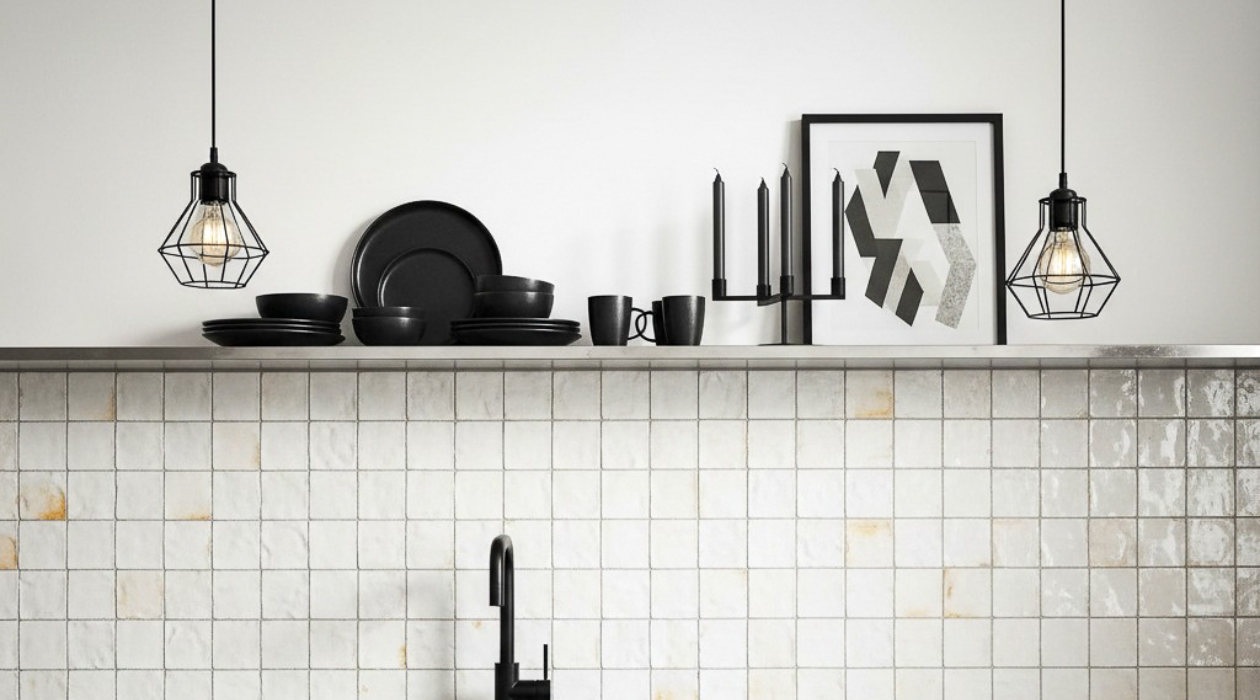
How Interior Designers Integrate Zellige into Japandi & Minimalist Homes
1. Japandi 101: A Blend of Minimalism and Warmth
Japandi is a design philosophy combining the serene minimalism of Japanese interiors with the cozy “hygge” of Scandinavian style. It embraces simplicity, natural materials, bright yet soft neutral palettes, and a clutter-free approach to form and function
Key traits include:
-
Neutral earthy tones: whites, beiges, warm greys, muted greens
:max_bytes(150000):strip_icc():format(webp)/Japandi-living-room-3c49dcd847a3439db153da48d80eab98.jpeg)
-
Natural materials: wood, stone, ceramics, soft textiles like linen or wool
:max_bytes(150000):strip_icc():format(webp)/natural-materials-Japandi-livingroom-def29e25aeff4e73b69ae69daa68ebad.jpg)
-
Balanced, purposeful designs where every element serves both function and beauty
-
Subtle textures and handcrafted finishes that add depth without clutter
2. Why Zellige Fits Seamlessly into Japandi Aesthetic
-
Perfectly imperfect: Zellige tiles are handmade, so each piece varies subtly in texture and glaze, embracing the wabi-sabi principle of imperfection
-
Organic texture and light: Their glossy finish catches light beautifully, adding understated movement and character without becoming flashy

design by hiedi caillier design | photo by haris kenjar photography
-
Authenticity and craftsmanship: The artisanal nature of Zellige resonates deeply with Japandi’s emphasis on handcrafted, natural materials
-
Cultural synergy: Originating from Moroccan mosaic traditions, Zellige also ties into broader narratives of global craftsmanship within minimalistic interiors especially poignant when incorporating local Moroccan artistry (like from Tetouan or Fes!)
3. Practical Applications of Zellige in Japandi Spaces
A. Accent or Feature Walls
Used on a fireplace surround or backsplash, Zellige introduces tactile warmth and visual intrigue while maintaining minimalist calm.

B. Neutral yet Rich Color Palette
Earthy or muted tones of Zellige such as soft creams, jade greens, or warm greys—complement Japandi foundations without overpowering them.

C. Texture Without Clutter
The handcrafted surface of Zellige adds sophistication to spaces that prioritize simplicity, especially when used on small accent areas amid smooth materials.
D. Feature Tiles with Subtle Movement
Pale blue Zellige used sparingly on walls or floors can provide a serene pop of color—the images illustrate how restrained usage keeps the design minimal yet calming.
4. Step-by-Step Design Integration
Step 1: Establish a muted Japandi foundation
Use neutral walls, wood furnishings, and uncluttered layouts for grounding.
Step 2: Introduce Zellige intentionally
Opt for small areas like a backsplash, niche, or fireplace surround—so that the tile becomes a focal point rather than overwhelming.
Step 3: Choose tile finish and shape
Prefer matte or satin-finished Zellige for subdued elegance. Stick to simple shapes and subtle tone variations to stay aligned with Japandi's minimalism.
Step 4: Embrace imperfect beauty
Allow for slight variances in tile shape or color this enhances the serene authenticity of the space.
Step 5: Pair with natural textures
Complement Zellige with accents of linen throws, wooden elements, and a well-placed indoor plant to preserve warm minimalism.

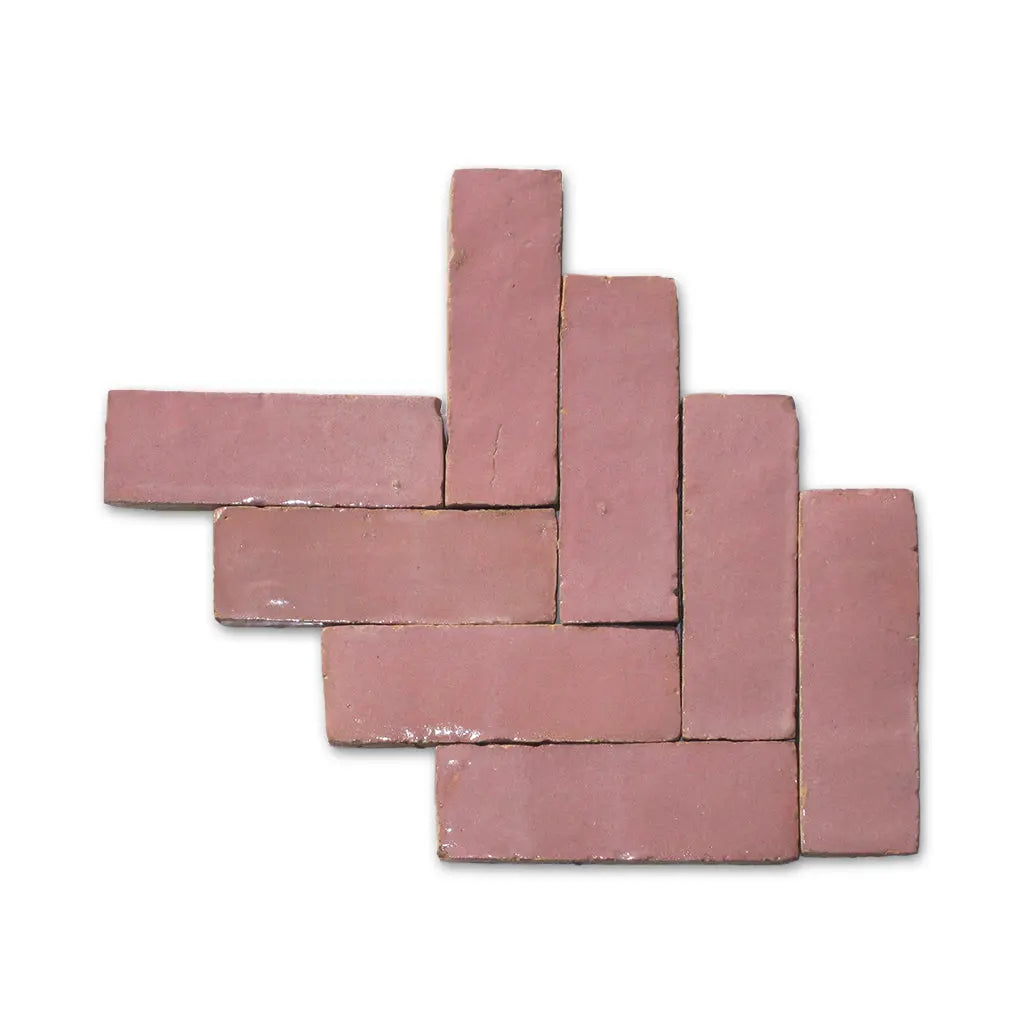
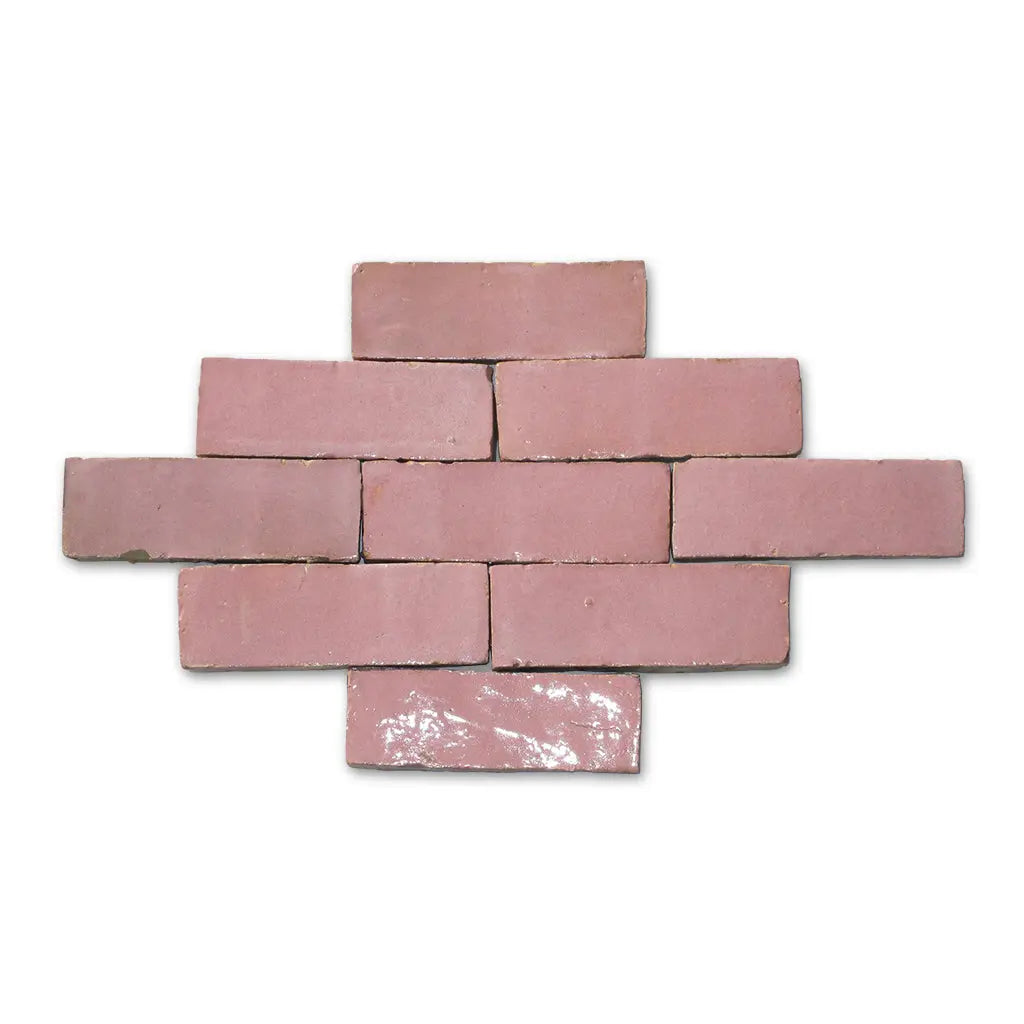
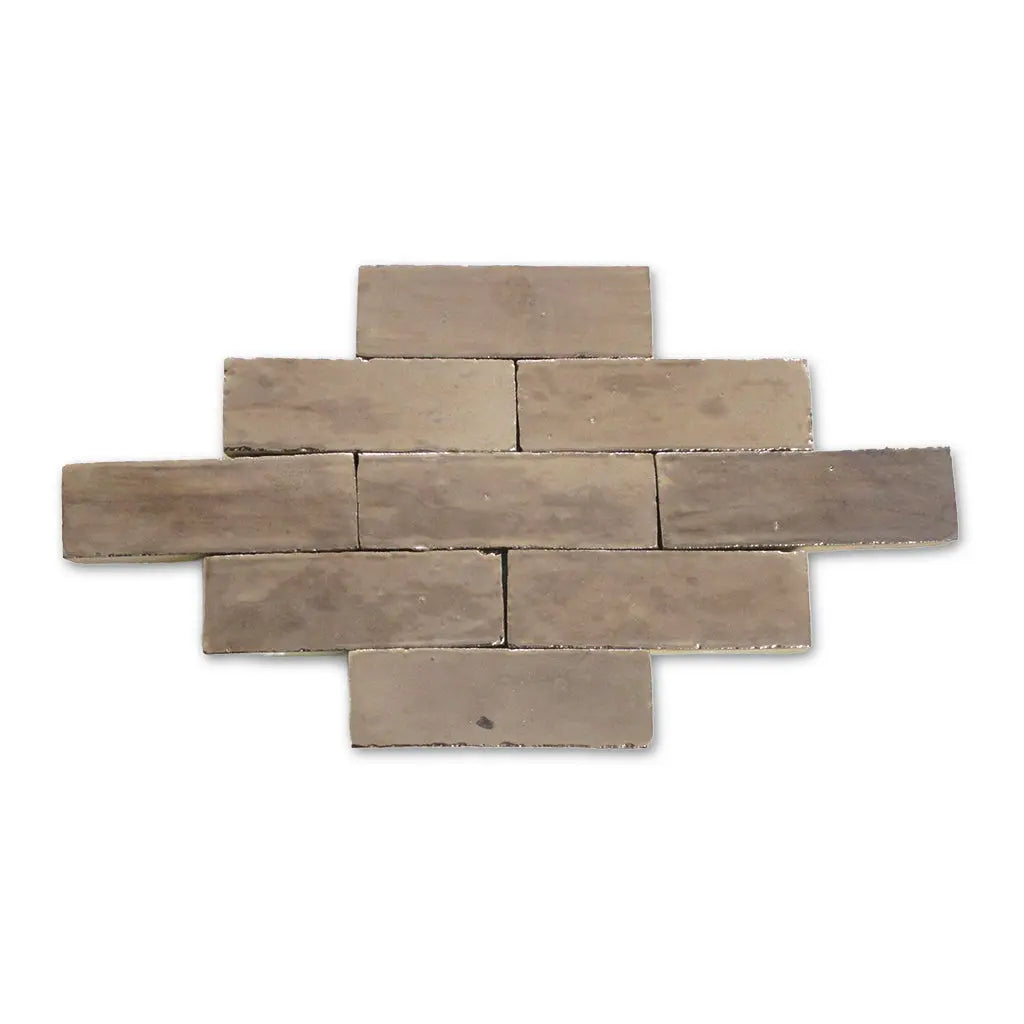
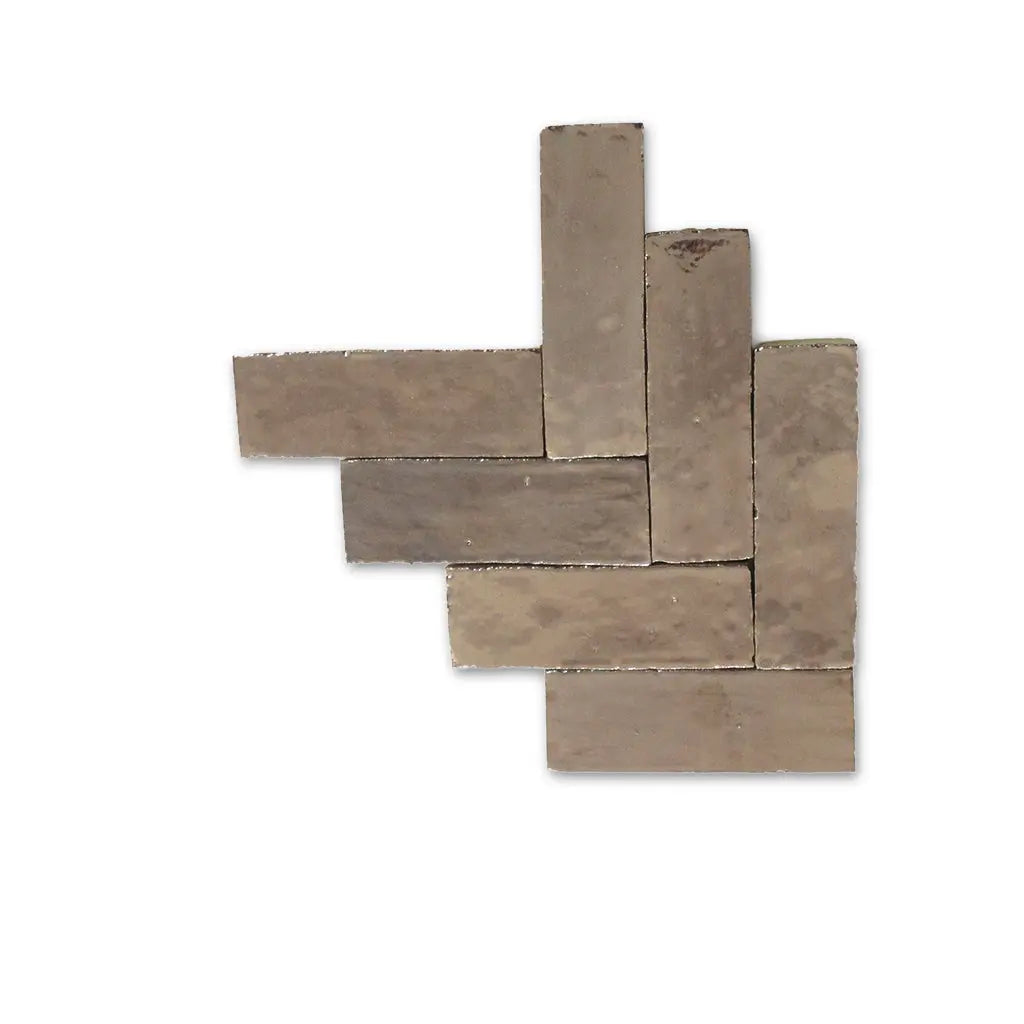
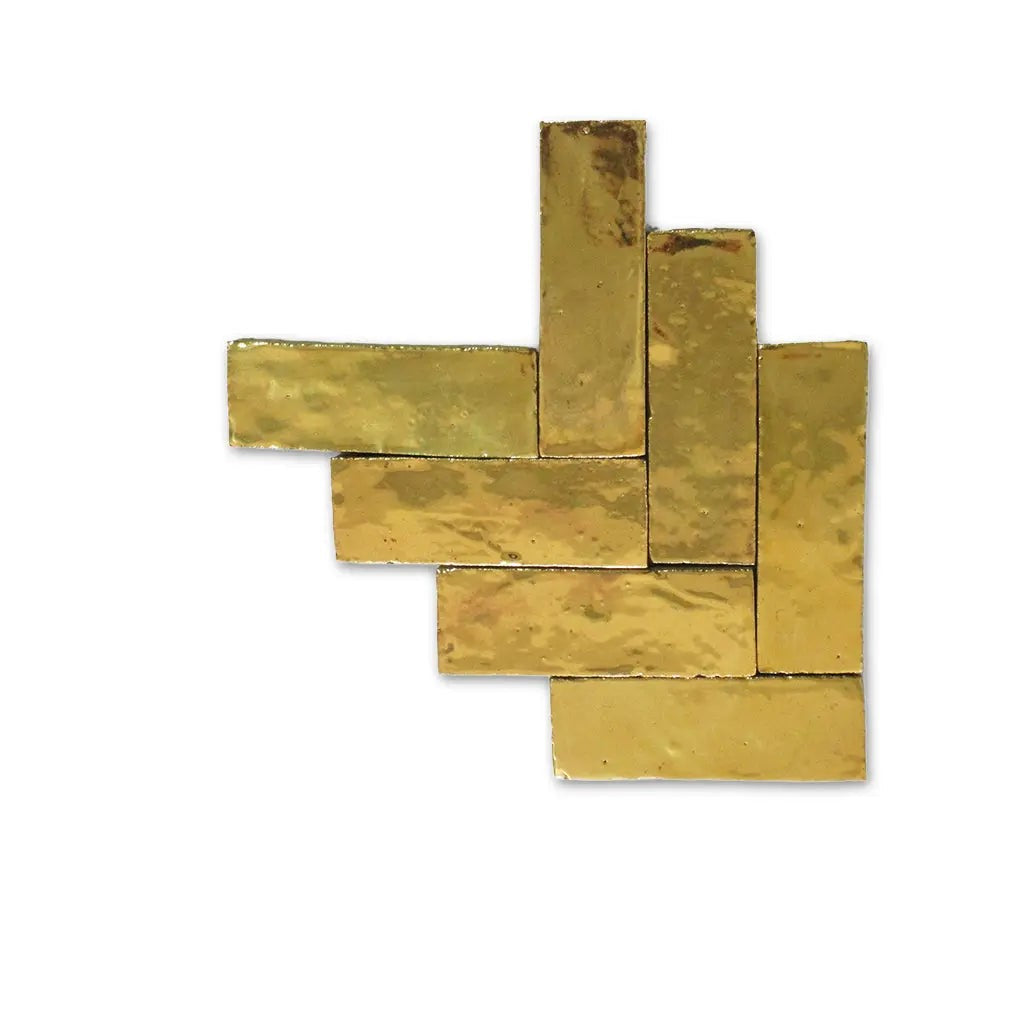

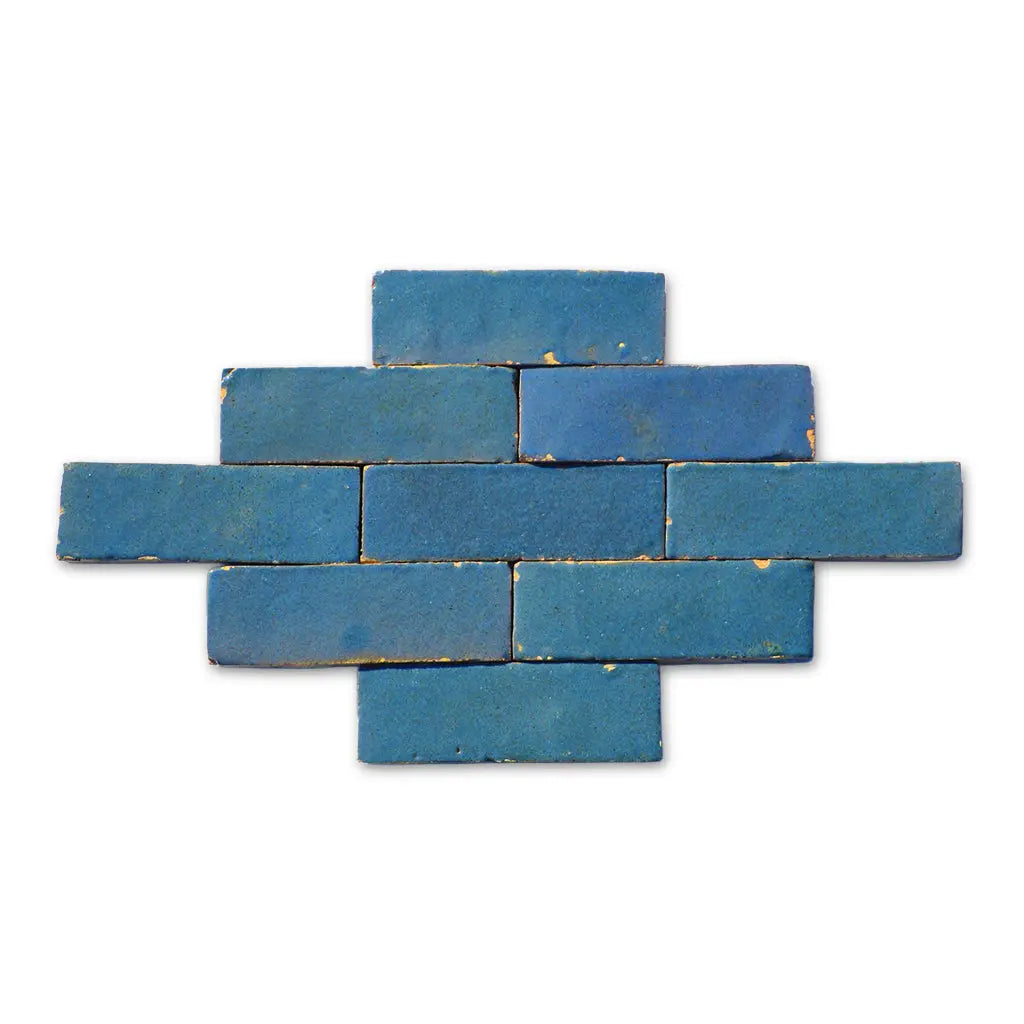
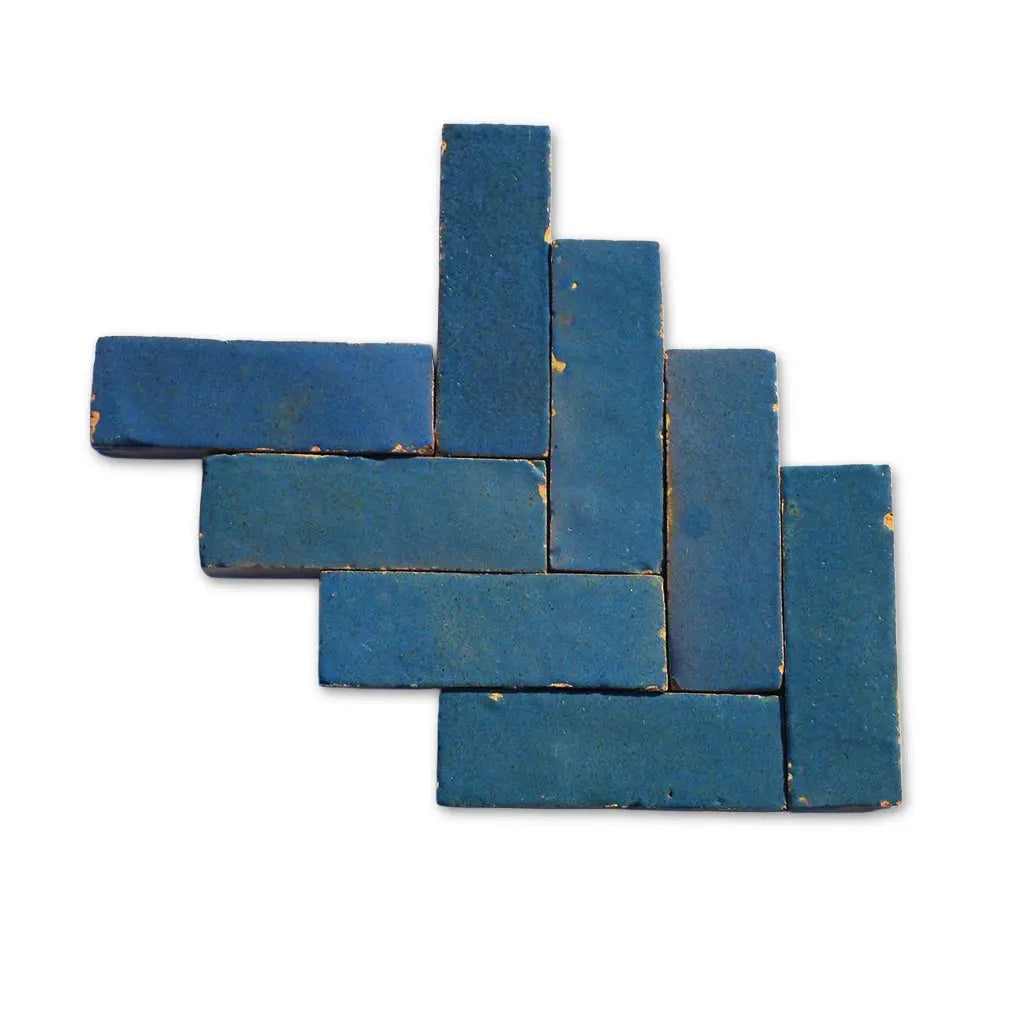
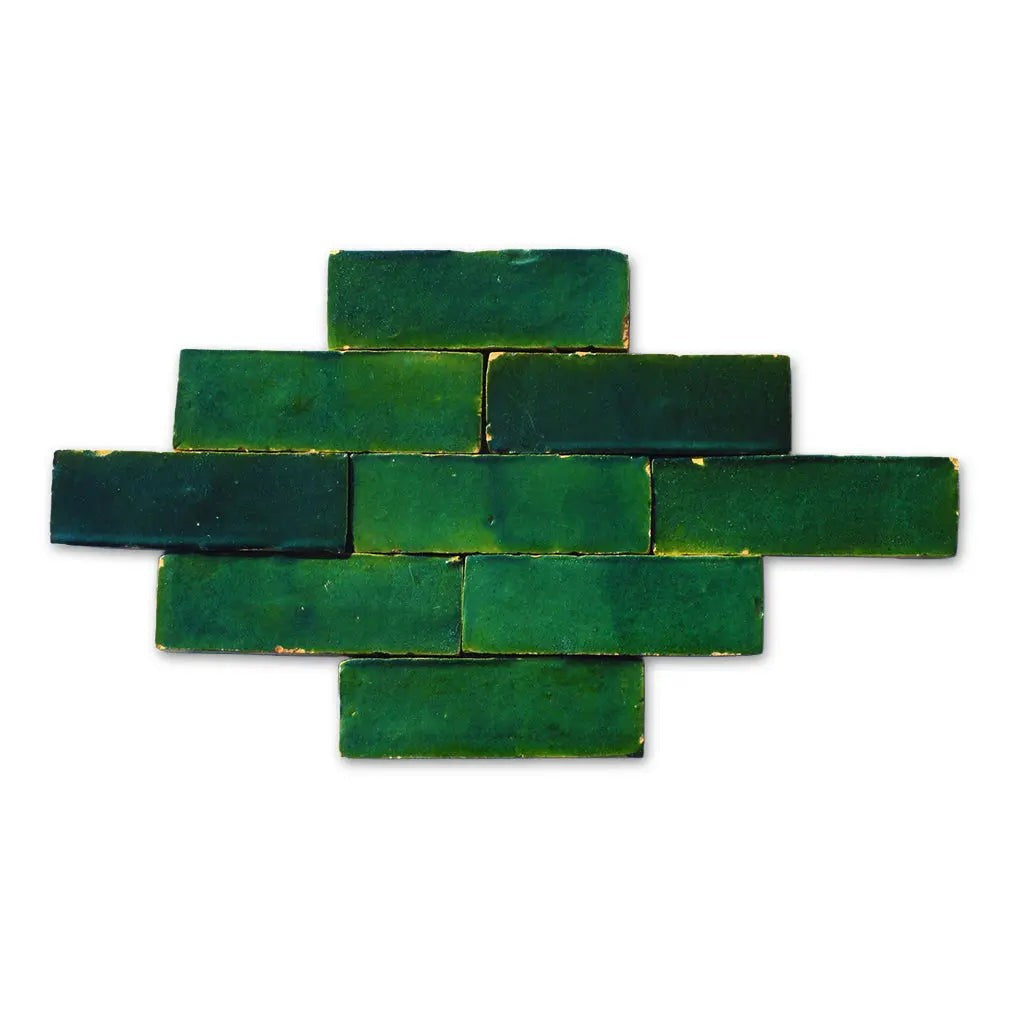
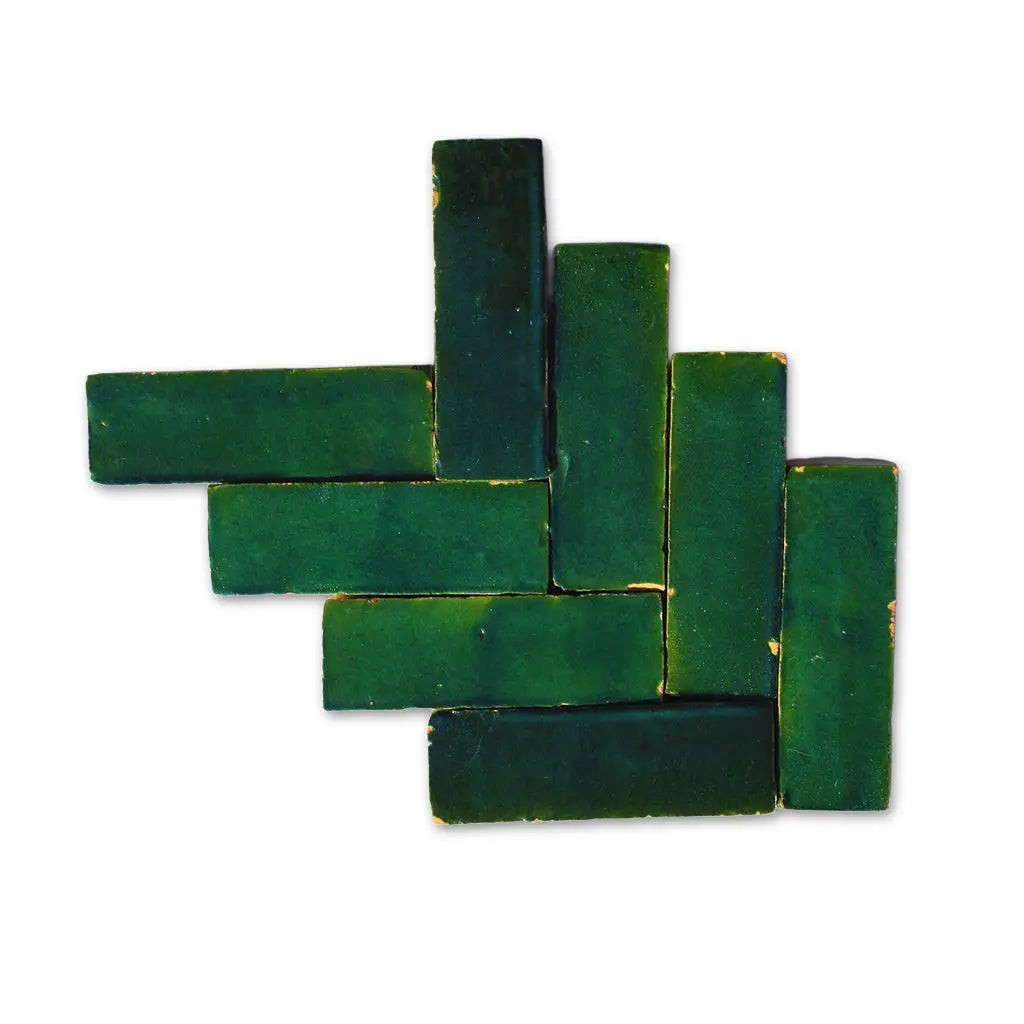
:max_bytes(150000):strip_icc():format(webp)/sofa-with-textured-rug-faf12e8117714199bc819238cbe23bea.jpg)
:max_bytes(150000):strip_icc():format(webp)/soothing-japandi-living-room-7b7326f3de284b01b9ef4ced8725f697.jpeg)